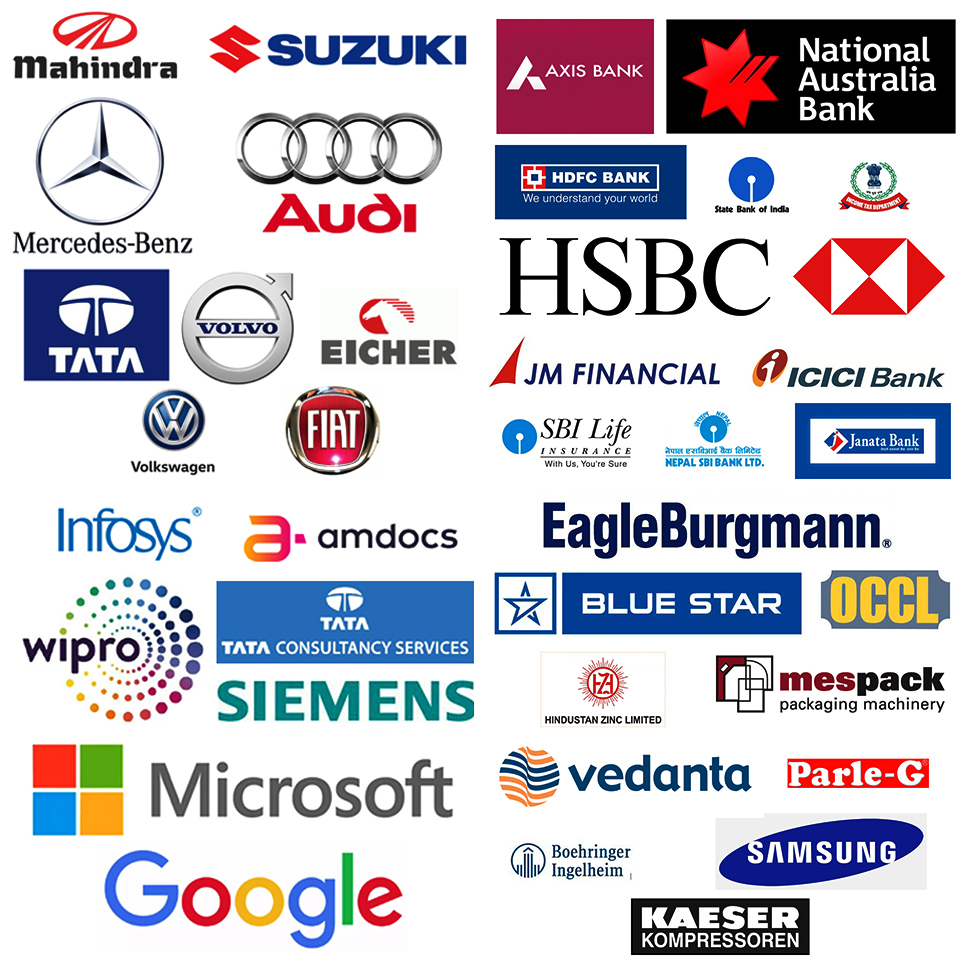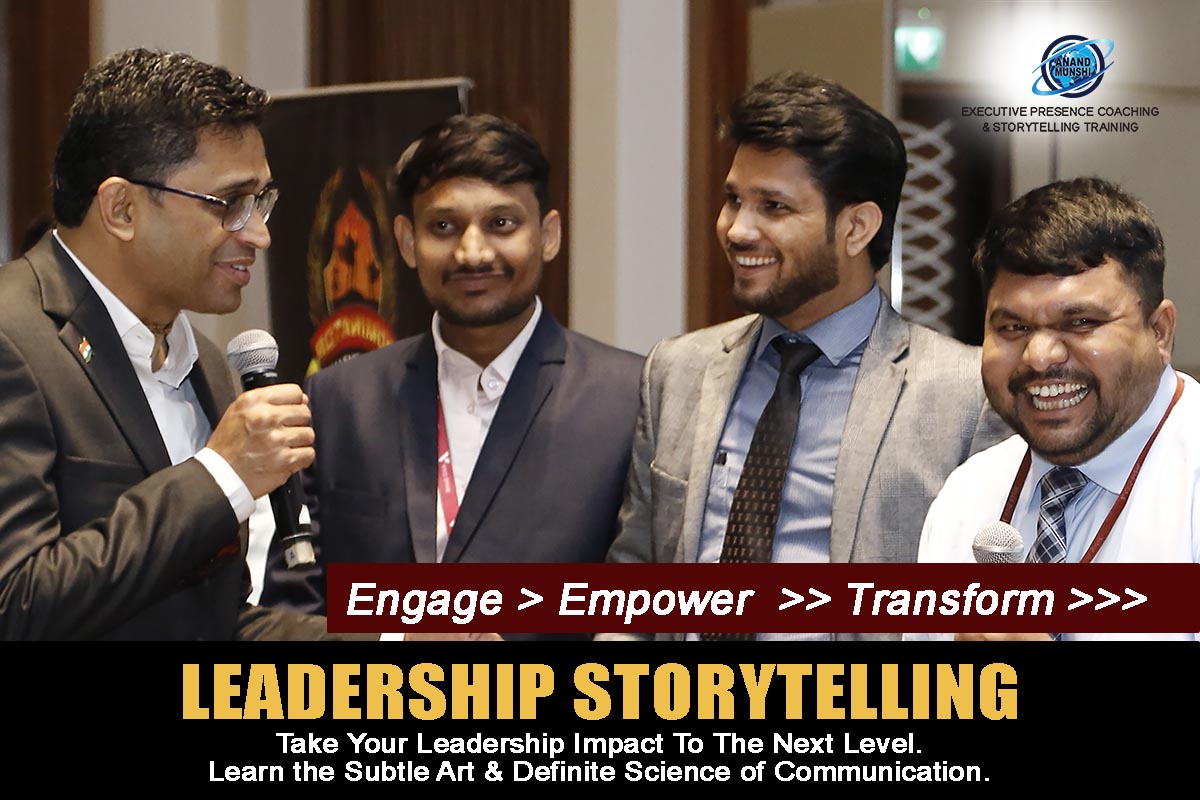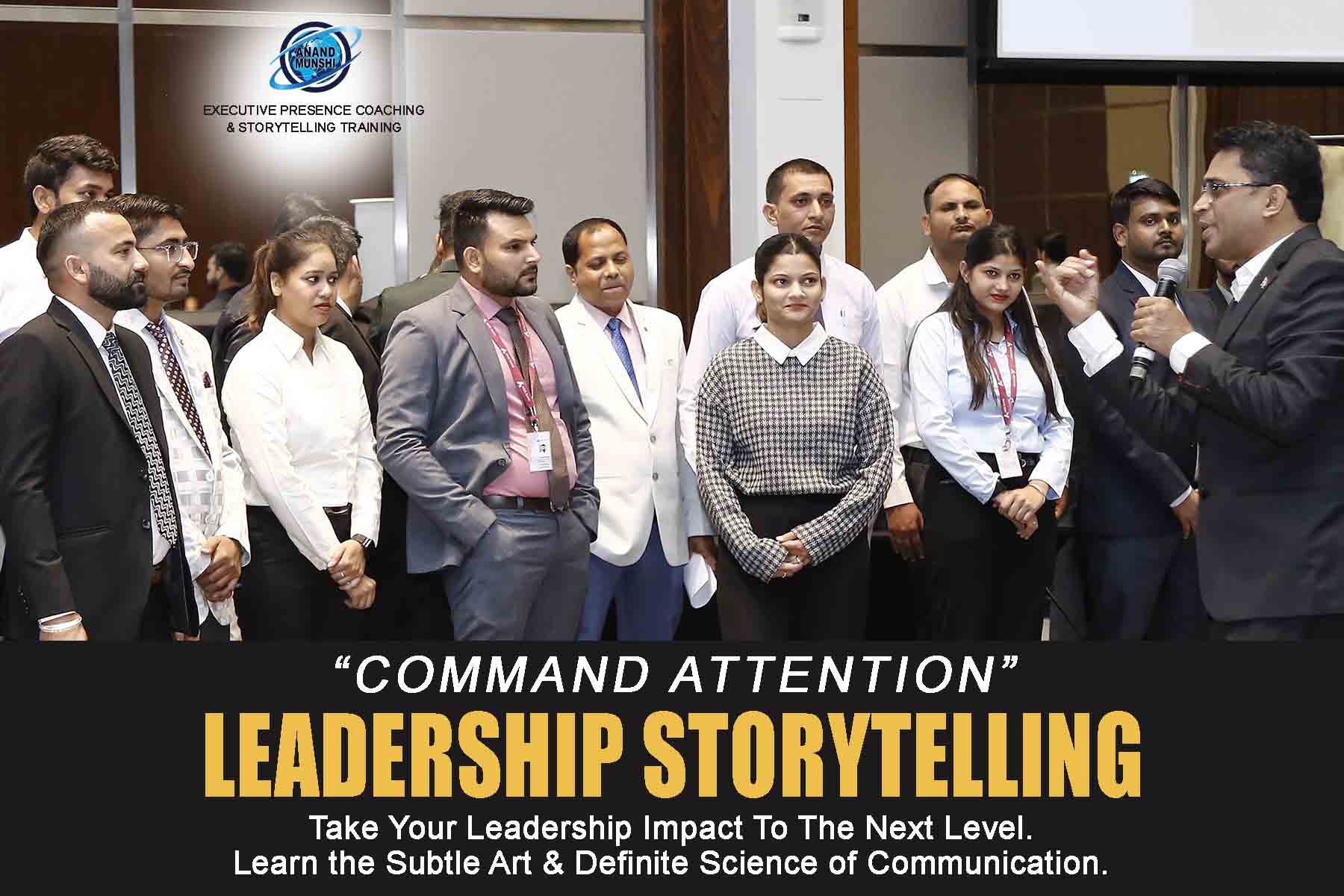10 Insanely Simple Yet Powerful and Practical Ways to Overcome Fear of Public Speaking
Practical and science-backed techniques to help overcome the fear of public speaking—especially useful for reducing heart palpitations, anxiety, and blanking out, whether you’re addressing seniors, juniors, or peers.
1. Box Breathing Before You Speak
Inhale for 4 seconds, hold for 4, exhale for 4, hold for 4—repeat for 2 minutes. Research from the Journal of Clinical Psychology shows this activates the parasympathetic nervous system, calming the heart rate and lowering cortisol. Great speakers like Mahatma Gandhi practiced deep breathing to steady nerves before addressing large gatherings.
“Control your breath, and you begin to control the moment.”
2. Reframe the Fear as Excitement
Instead of saying “I’m nervous,” say “I’m excited.” Harvard research by Dr. Alison Wood Brooks (2014) proved this simple reframe significantly boosts performance under stress. Oprah Winfrey openly talks about turning stage anxiety into anticipation through positive mental framing.
“The energy you feel isn’t fear—it’s fuel.”
3. Memorize Your Opening Line Cold
Start with a line you’ve deeply practiced. Cognitive psychology studies (e.g., Applied Cognitive Psychology) show strong openings reduce performance anxiety and set a confident tone. Barack Obama rehearsed key lines meticulously to avoid blanking during debates.
“The first 10 seconds set the next 10 minutes.”
4. Use Power Postures Before You Go On Stage
Standing tall with arms open for 2 minutes increases testosterone and lowers cortisol (Harvard Business Review, Amy Cuddy). Martin Luther King Jr. was known for his commanding stance even before speaking, signaling confidence before a word was spoken.
“When your body feels powerful, your mind follows.”
5. Visualize a Positive Outcome
Elite athletes and leaders use visualization to prime success. Neuroscientific studies in The Journal of Neuroscience confirm that visualization activates performance-related areas of the brain. Winston Churchill would rehearse every detail of his speech’s success in his mind.
“See your success before they see you.”
6. Use Anchoring Words
Repeating a calming phrase like “clear” or “calm” can override anxious brain signals. Cognitive Behavioral Therapy (CBT) practices encourage self-talk to neutralize internal threats. Nelson Mandela reportedly used affirmations to calm himself during trial speeches.
“One word can ground a thousand thoughts.”
7. Speak to Friendly Faces First
Eye contact with supportive listeners triggers oxytocin, lowering social threat perception (Psychological Science, 2012). John F. Kennedy was known to scan and lock eyes with familiar supporters in his opening remarks.
“Connection defeats rejection.”
8. Use Pauses Instead of Filler Words
Replacing “uh” and “um” with silence signals poise and control. Studies in the Journal of Language and Social Psychology reveal that strategic pauses are perceived as thoughtful leadership. Steve Jobs mastered the art of pause to deepen impact.
“Silence speaks when the mind is clear.”
9. Desensitize with Micro-Exposures
Gradual exposure therapy is a proven method to reduce public speaking phobia (American Psychological Association). Eleanor Roosevelt started small before becoming one of the most influential public voices in the world.
“Small stages prepare you for big spotlight.”
10. Accept Imperfection Publicly
Embracing vulnerability increases audience trust (Harvard Business Review, 2017). Brené Brown, known for her talks on vulnerability, often starts by acknowledging her own nerves—creating instant rapport.
“Honesty is more powerful than perfection.”
We also offer tailored solutions to help you become an impactful communicator through our leadership coaching or team training sessions.
Learn more at www.anandmunshi.com.



















